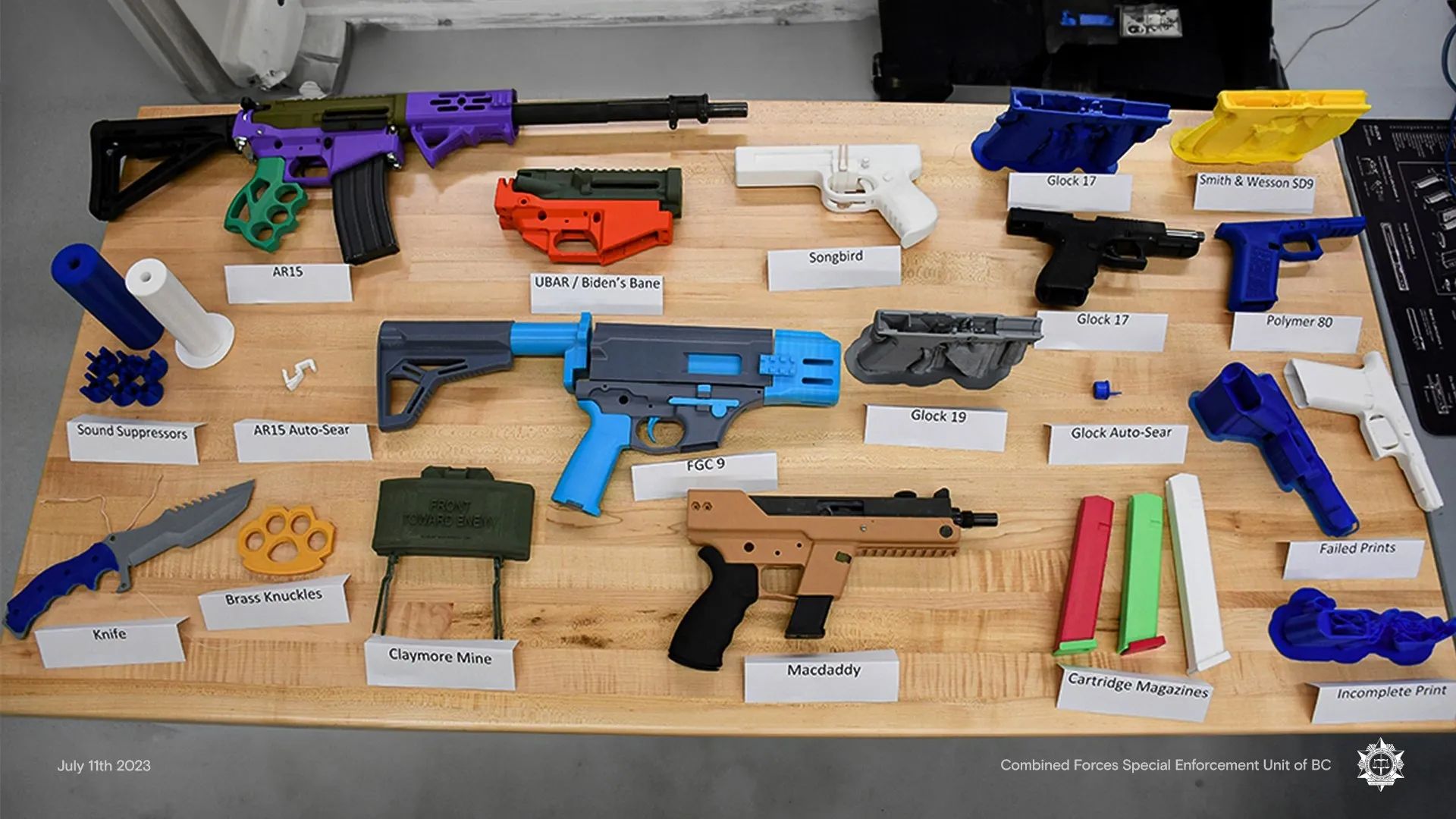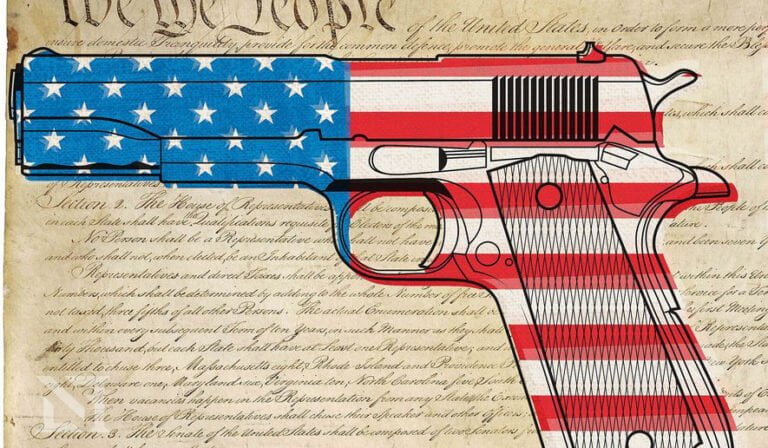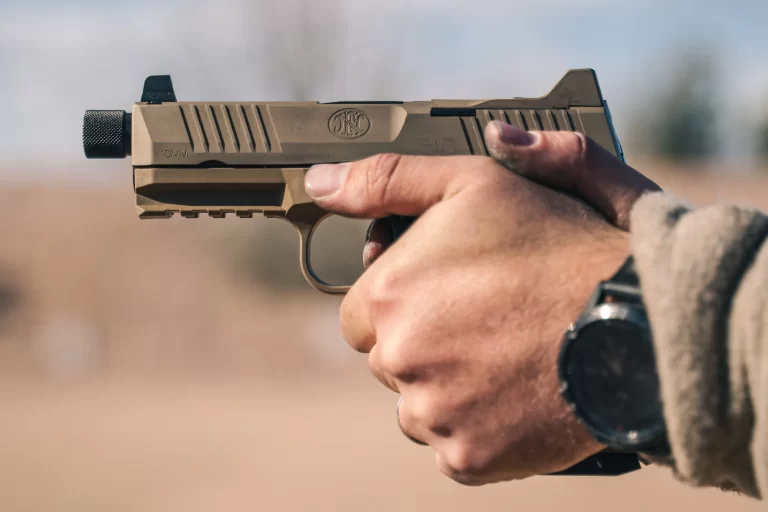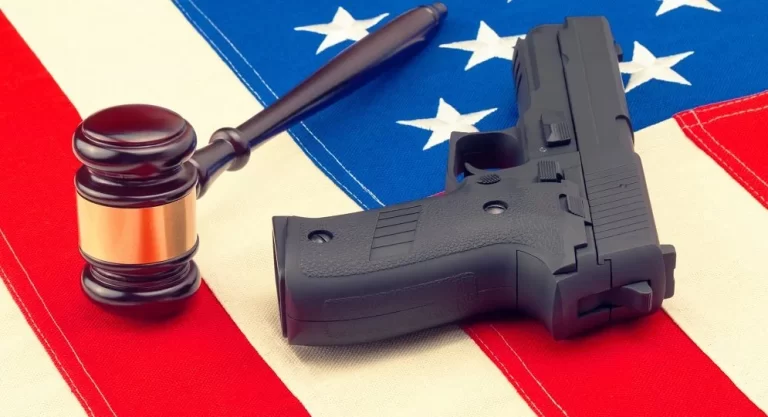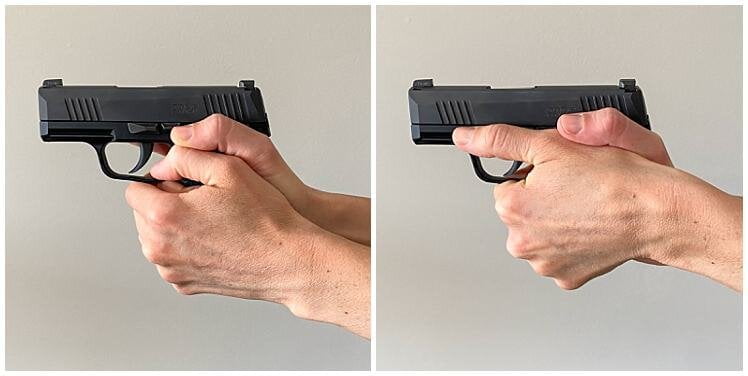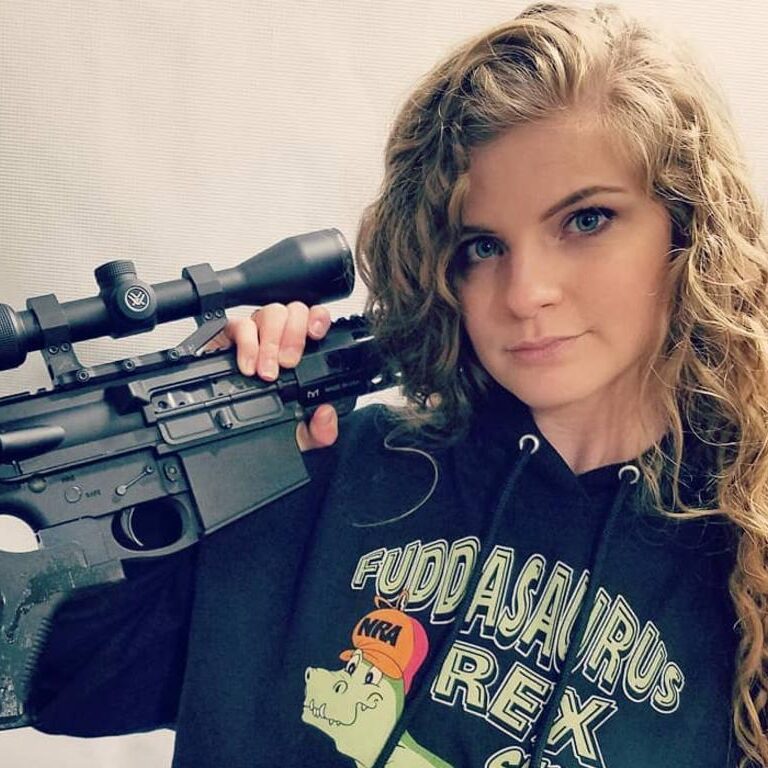3D Printed Firearms
3D printed firearms, also known as ghost guns, have become a controversial topic in recent years. Advances in 3D printing technology have made it possible for consumers to produce their weapons at home, raising concerns about security risks and the ability to regulate these weapons. However, proponents argue that 3D-printed guns are protected under the Second Amendment and that laws restricting them could infringe on free speech. This article will provide a comprehensive overview of the history, debates, laws, and future of 3D-printed firearms.
A Brief History of 3D Printed Guns
The origin of 3D-printed guns can be traced back to Defense Distributed, a company founded in 2012 by Cody Wilson. In 2013, they published designs online for firearms parts including AR-15 receivers that could be produced with a 3D printer. Later that year, they demonstrated a fully printed plastic handgun called the Liberator.
The distribution of these files online caused controversy. The State Department ordered Defense Distributed to remove the files, deeming it a violation of arms trafficking laws. But by that point, the files had already spread rapidly on file sharing sites. This highlighted the difficulty of regulating digital files for 3D-printed guns.
Defense Distributed sued the State Department in 2015 on free speech grounds. After a lengthy legal battle, they settled in 2018 with the State Department agreeing to reverse the order. Other groups like FOSSCAD emerged anonymously to share plans for 3D-printed guns online.
Meanwhile, advancements continued in 3D-printed metal guns. In 2013, a company printed a metal M1911 pistol on an industrial 3D printer. By 2020, designs like the FGC-9 9mm carbine could be made with $500 of tools in just weeks.
Effect on the Gun Control Debate
The emergence of 3D-printed guns has complicated debates about gun control laws and their enforcement. In 2013, a leaked DHS memo warned about public safety risks from those obtaining unregulated 3D-printed guns.
Proposed regulations on 3D printers have drawn comparisons to banning peer-to-peer file sharing. Downloads of plans were heavy internationally, causing concerns about skirting tighter gun laws abroad. However, experts noted truly reliable printed guns were still limited.
Gun rights advocates argue restrictions on 3D-printed guns violate Second Amendment rights and free speech. But proposals continue for “ghost gun” legislation at state and federal levels targeting their manufacture and sale. Their detection remains an issue for security screening.
Overall, the technology has underscored the difficulty of regulating the distribution of digital files related to firearms as with other content. This problem will likely persist as 3D printing and online file sharing continues evolving rapidly.
Technical Aspects of 3D-Printed Guns
The nature of 3D-printed guns depends heavily on the materials and methods used. Early plastic-printed guns were fragile and unreliable, firing only a shot or two before breaking. They still required some metal parts to comply with laws.
Most contain at least a metal firing pin and include an inserted metal plate to make them detectable. But higher quality metals from industrial printers are growing more common in things like receivers.
Fully printed metal guns remain difficult to produce affordably. However, cheaper methods like printed plastic receivers with metal reinforcement pins have appeared. Emerging metal sintering printers may eventually make metal 3D-printed guns more accessible.
Overall, the reliability and durability of 3D-printed guns continue to improve. But for now, most still rely on combining printed plastic frames with commercial firearm parts to function.
Laws and Regulations Related to 3D Guns
Under the Undetectable Firearms Act, all guns in the US must contain enough metal to trigger metal detectors. Laws related to manufacturing, selling, and possession of guns also apply to 3D-printed weapons.
The legal publication of 3D-printed gun files is regulated under export rules, though these have shifted over time. Currently, the Commerce Department regulates their distribution, requiring a special license.
Some states like California and New Jersey have passed additional laws restricting manufacturing 3D-printed guns without serial numbers and licenses. But federal courts have put challenges to these laws on hold for now.
There are also proposals in Congress targeting “ghost guns” including 3D-printed weapons, but they have not yet passed. Their detection by security systems remains an issue.
The Future of 3D Printed Firearms
Though reliable metal 3D-printed guns are still expensive and uncommon, the technology will likely continue advancing in the coming years and decades. This could make high-quality guns more accessible to produce for those determined and skilled enough.
However 3D printing of metals still faces limitations in cost and quality. And the technique may prove more practical for small firearms components than entire printable guns. For now, most 3D-printed weapons use commercial gun parts and avoid regulations.
Legally, court battles over free speech and gun rights related to 3D-printed firearms files are likely to continue. Pending state and federal legislation aims to mandate serialization and licensing for homemade weapons but faces constitutional questions.
3D printing offers many positive applications outside of firearms like aerospace and healthcare. But it also provides new challenges for lawmakers and law enforcement around an emerging technology. The coming years will determine how governments respond to balancing public safety and individual liberties.
3D-printed firearms accessories
In recent years, there has been growing concern over the legality and proliferation of 3D-printed accessories relating to firearms. This includes items like magazines, grips, stocks, forends, sights, and trigger mechanisms.
Proponents argue that banning these accessories would infringe on the rights to create and customize legal firearms. However, critics counter that lacking serial numbers and detectability, these untraceable components undermine gun regulations and monitoring.
There are also worries about enabling criminals and protecting public safety if access expands. Further policy debates weigh personal liberties against the potential dangers. But for now, the area remains legally unsettled amidst competing views on civil liberties and public well-being.
Conclusion
In conclusion, 3D-printed guns have rapidly evolved from concept to reality thanks to advancing technology and online information sharing. However significant technical obstacles remain for affordable, reliable, and unregulated 3D-printed firearms. Their legality also continues to be defined state-by-state and in ongoing court cases.
3D-printed guns provide the latest example of emerging technologies disrupting existing laws and social norms. But despite concerns, they account for a small fraction of firearms compared to traditional manufacturing. Their ultimate impact will depend on how governments, companies, and citizens continue shaping the future of digital manufacturing.
FAQs;
Q1: What materials are 3D-printed guns made out of?
Most 3D-printed guns are made from plastic polymers like PLA, resin, nylon, and carbon fiber filaments. A few higher-end metal printers can produce steel or aluminum guns.
Q2: Can 3D-printed guns be detected by metal detectors?
Yes, under US federal law all guns must contain enough metal parts to be detected. Common methods include metal plates, firing pins, or reinforced metal rails.
Q3: Are 3D-printed guns legal?
It’s legal to manufacture 3D-printed guns for personal use, as long as they contain metal for detection. But many states now require licensing and serialization that makes it difficult to legally 3D print anonymous guns at home.
Q4: How do 3D printed guns work and how reliable are they?
Most 3D-printed guns are “hybrid” designs, with 3D-printed low-pressure frames and commercial gun parts for the firing mechanism. Reliability varies greatly but is generally very poor compared to conventional guns.
Q5: Could 3D printing technology be used to benefit society outside of firearms?
Yes, 3D printing is already used in aerospace, automotive, medical devices, and many other fields to enable faster and more distributed manufacturing. The overall technology has many positive applications despite concerns around firearms.
Q6: Are 3d printed guns dangerous?
Yes. While the technology is still developing, 3D-printed firearms made from plastic can fail unexpectedly and critically injure or even kill users and bystanders. They evade metal detectors, posing risks to security. Lacking serial numbers and oversight in production, these untraceable and unregulated weapons undermine existing gun laws meant to protect society.
